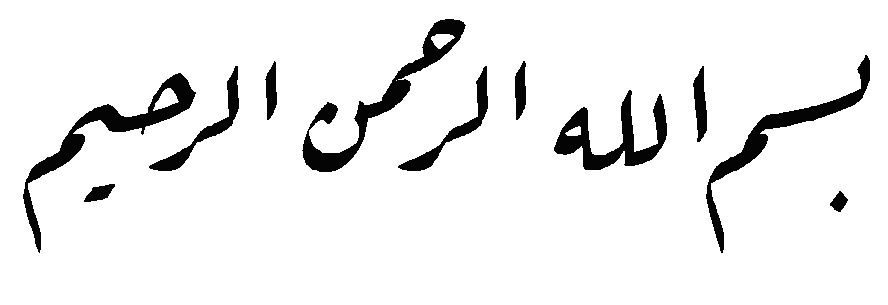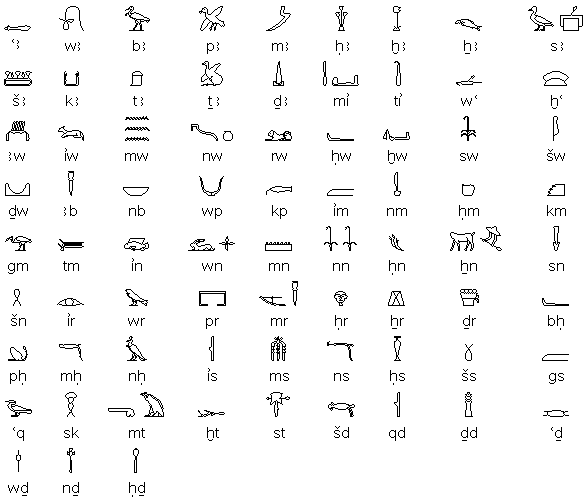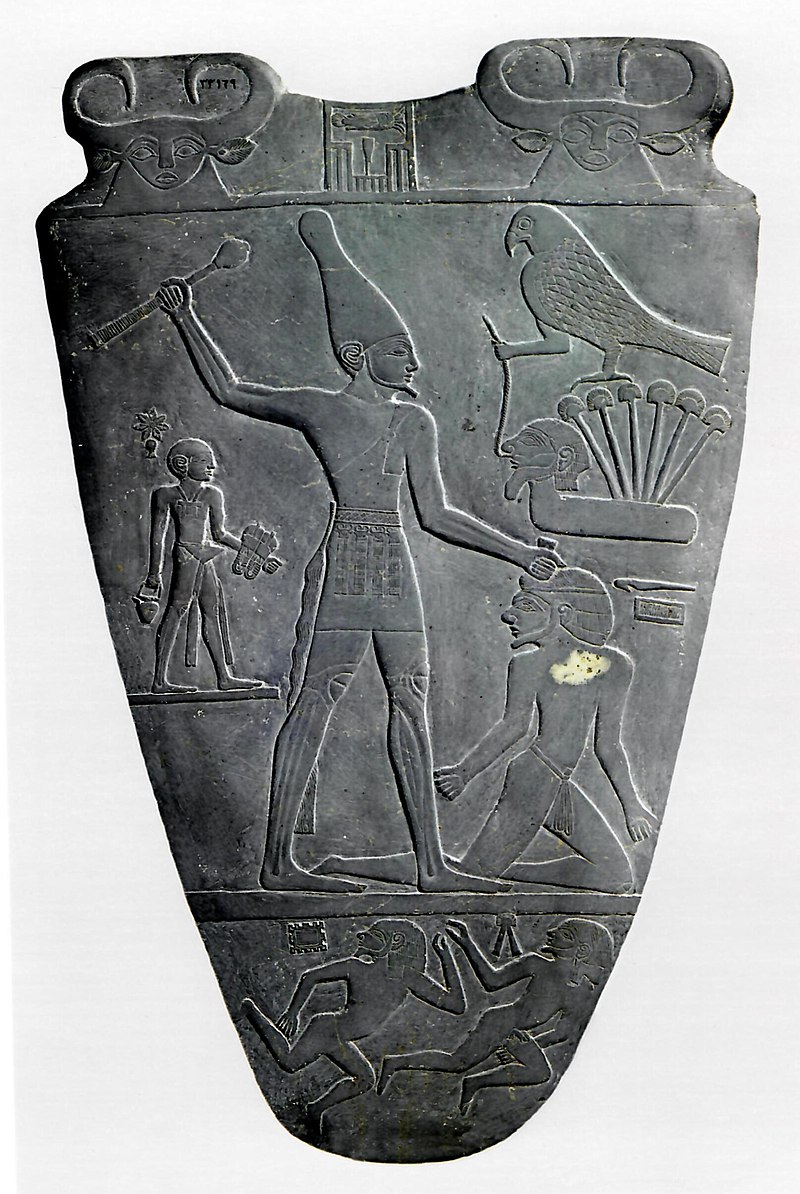Here are another two things about Gaelic that are odd:
1. There are two different words in Gaelic that are translated into English as am/are/is, and these are tha and is.
Tha is used when it describes a circumstance that can change. So:
Tha mi sgith - I am tired. Tiredness changes, comes and goes.
Tha is also used to form the present continuous:
Tha mi a' taidhpeadh anns a Ghàidhlig a-nis - I am typing in Gaelic now.
And the word is is used for circumstances that are fixed, e.g.
Is mise Iain - I am John/Ian. For some reason, the emphatic form of mi (which is mise) is used with is.
Is is often shortened to 's …
'S mise Iain - I'm John/Ian.
2. Gaelic doesn't actually have words for 'yes' and 'no'.
If you want to answer a question in the affirmative you just echo the verb but in the positive form:
A bheil thu sgith? - Are you tired?
Tha - Yes.
To answer in the negative: Chan eil - No.
The full answer would be:
Tha, tha mi sgith - Yes, I am tired.
Chan eil, chan eil mi sgith - No, I am not tired.
So, there are more forms of yes/no than in English.
An toil leat biadh Innseanach? - Do you like Indian food?
'S toil - Yes.
Cha toil - No.
Re this lack of straight yes/no, I think it's the same in all the other Celtic languages.









